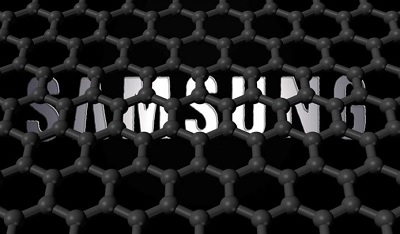A new method in creating graphene has now been found by the manufacturer and a university.
The scientists at Samsung have now announced tremendous technology news in that they have come up with a new way of developing graphene, which is a silicon alternative that is only one atom thick and that could change the way the wearables industry develops now that it can be manufactured on a commercial scale.
This is an achievement that the industry has been seeking to achieve for a decade.
The Samsung scientists made their achievement as a part of a partnership with Sungkyunkwan University. This new method that has been discovered could completely reshape the wearables industry – quite literally, as it brings flexibility in a material that is still more conductive than silicon. Now it could provide flexible and very strong touchscreens, among other uses.
That said, the research isn’t quite ready for wearables and mobile gadgets, just yet.
While this is a breakthrough, the discovery is not yet to the point that it is ready to hit the manufacturing plants. The research is still in its early stages and there are still limitations to the size of the graphene particles that can be created through the current techniques. Currently the sole method of synthesizing a usable amount of graphene is to bring a number of its crystals together. But in that form it reduces its ability to conduct electricity.
Silicon is used in today’s semiconductors, but graphene can conduct more heat and electrical charge. Equally, graphene is a substance that has greater strength than steel but is still flexible. This would be the perfect option for the wearable technology industry if it could be produced on a commercial scale. In Samsung’s own words, it is the “perfect material for use in flexible displays, wearables and other next generation electronic devices.”
Two men in Manchester, England, Sir Kostya Novoselov and Sir Andre Geim first isolated graphene in 2004 and received the Nobel prize for doing it. It is unlikely that they had any idea that the wearables industry would reach the point that it has today and that their discovery could one day prove to revolutionize its shape and nature.

